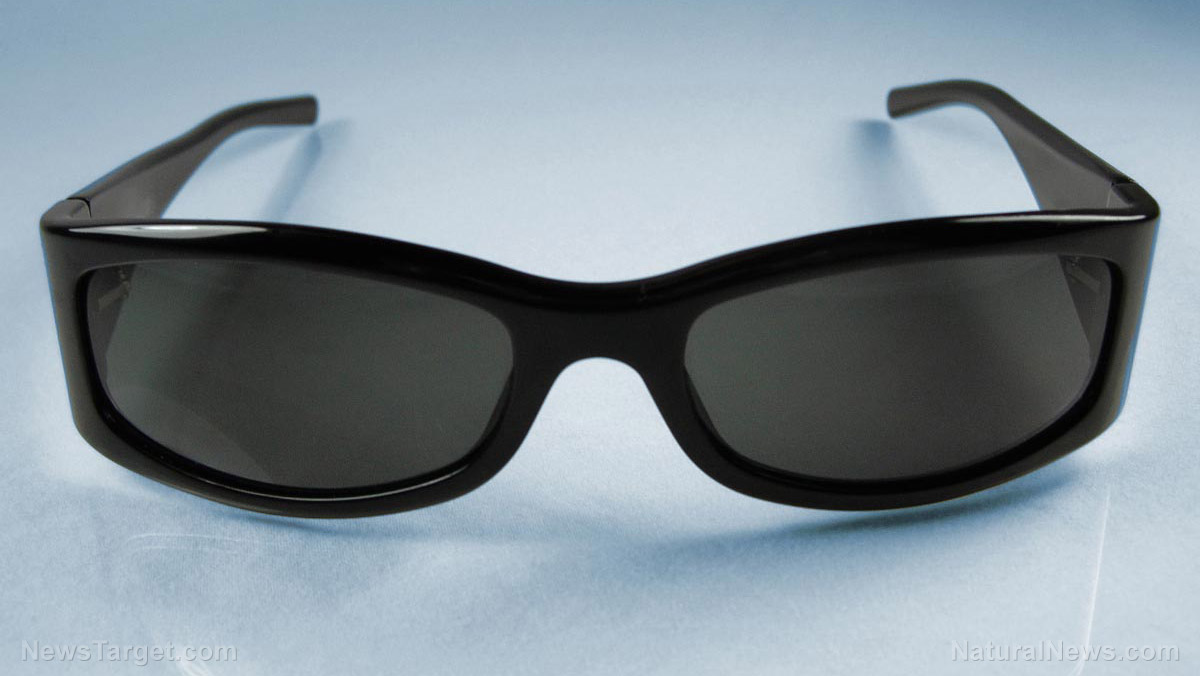Even in energy-saving technologies, it’s a generally accepted fact that good results come with a hefty price tag. But thanks to leaps in nanotechnology, you will soon be able to use “smart” windows to minimize your energy consumption at only a fraction of the usual cost.
Conventional infrared (IR)-blocking windows are made from a special kind of glass that lets in light but filters out any radiation that transfers heat. As a result, they can keep buildings bright and cool at the same time, reducing costs spent on artificial lighting and cooling systems.
This “magic” is made possible by a layer of silver applied to one side of the glass, turning the entire pane into something akin to a mirror. Although effective, this coating also raises the cost of the material, which is primarily why you will see it used more frequently in large corporate and industrial buildings than in residential areas.
In a paper published in Nano Letters, researchers detailed how nanotechnology can be used to lower the cost of manufacturing IR-blocking windows.
The paper’s senior author, Alexander Govorov, Distinguished Professor at Ohio University, explained the motivation behind the study as “to explore the creation of a purely passive metamaterial built with fabrication processes that could scale well enough to suit the needs of an industrial enterprise and, crucially, using relatively cheap materials and technologies that could bring the cost of this technology down.”
The research team’s IR-blocking glass design does not use thin layers of silver coating, unlike today’s industry standard. Instead, it incorporates metallic nanoparticles embedded and dispersed throughout a transparent medium, such as glass.
The specially shaped nanocrystals effectively allow visible light to pass while absorbing ultraviolet (UV) radiation and reflecting infrared light. The result is similar to what silver-coated IR-blocking glass offers, but with a few notable differences.
For one, while the nanocrystals can be made from noble metals like silver and gold, the team discovered that cheaper alternative materials like titanium nitride, aluminum, and copper demonstrated equally impressive results as IR-blocking elements. Using these metals can lower the cost of the manufacturing process and bring down the product’s final price. (Related: Oil companies in Saudi Arabia use nanotechnology for petroleum extraction to minimize environmental pollution.)
Lucas Vasquez Besteiro, the paper’s first author, noted that aside from compatibility with the nature of the design, cost played a major role in the selection of the particle shapes and materials that were chosen for the study.
Another key difference has to do with the design’s potential applications. Plasmonic nanocrystals are a well-understood technology, which means that they can be used for more flexible and varied applications in the future.
For example, the approach may be utilized to create other metamaterials that respond to different regions in the electromagnetic spectrum, creating glass that can filter out specific colors or intensities of infrared light.
“From a metamaterial design perspective, one can still explore different particle ensembles and different materials, to increase overall efficiency or lower the potential cost of the glasses,” Besteiro said.
He added that at present, research is directed towards finding ways to improve their proposed design for public use. While he admitted that the study’s current iteration does not explore specific challenges related to implementing the system in an efficient, scalable, and affordable manner, the team does not foresee any intrinsic difficulties involving the plasmonic approach.
“What we bring to the table is a way to use relatively simple principles of nanophotonics in the development of technologies that address our global energy challenges,” said Govorov.
Plasmonics is the study of plasmons or the process by which free electrons in metallic nanoparticles create oscillations when collectively excited. These oscillations interact with light, creating various effects that can be tapped for different applications ranging from engineering to next-generation electronics.
Read more stories about breakthroughs in science and research at Research.news.
Sources include:
Nanowerk.com
ScienceDirect.com




















